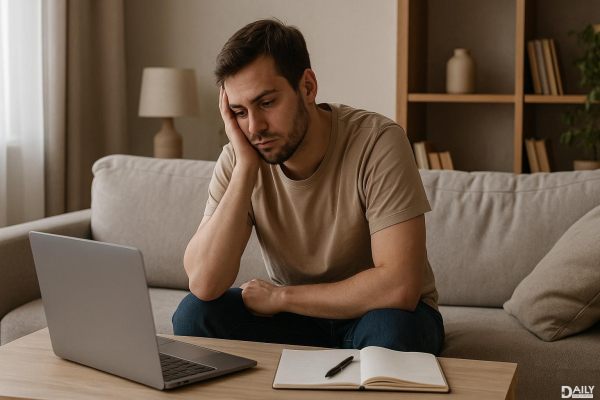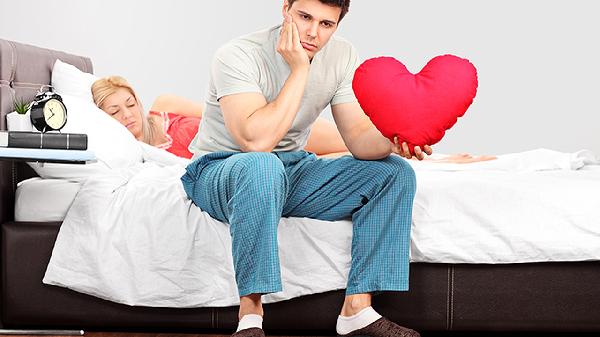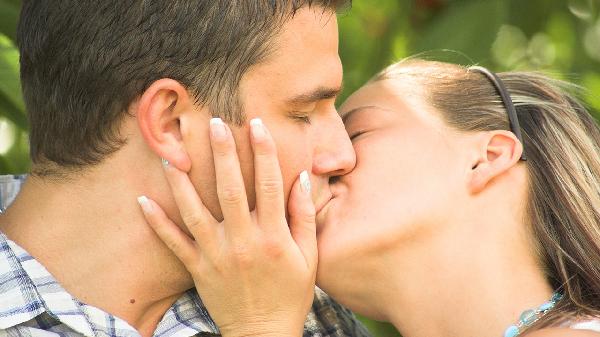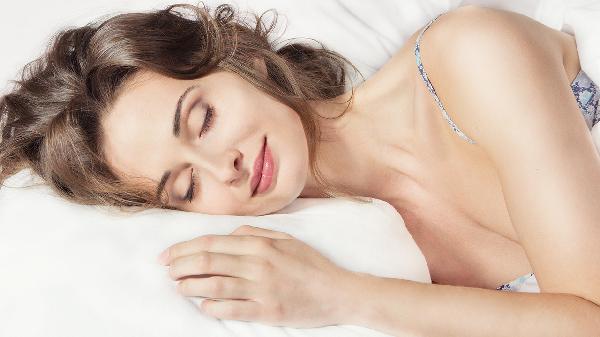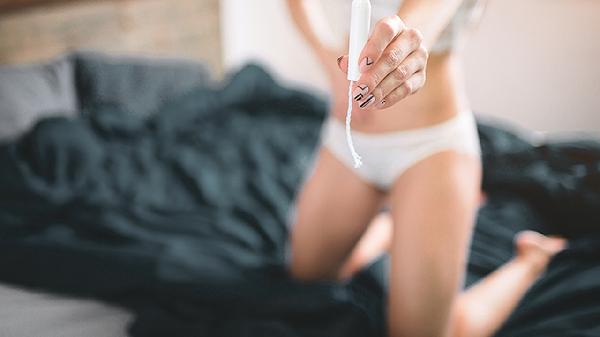High-tech baby monitors like the Owlet Dream Sock and Nanit Pro Camera promise to ease parental anxiety by tracking an infant's vital signs in real time—but for some parents, these devices might actually amplify stress instead of alleviating it. The debate over whether these gadgets are helpful or harmful often comes down to how they're used, the temperament of the parent, and whether the data they provide brings reassurance or unnecessary worry.
The Potential Benefits of Using Health-Tracking Baby Monitors
For many sleep-deprived parents, having a device that monitors their baby’s oxygen levels, heart rate, and breathing patterns can feel like a lifeline. The Owlet Dream Sock, for example, is FDA-cleared as an over-the-counter pulse oximeter, meaning it meets medical-grade accuracy standards—though it’s not technically classified as a medical device. Parents like Sam Foster, whose son’s oxygen levels dropped dangerously low due to a respiratory virus, credit the Owlet with alerting them to a problem they might have otherwise missed. "Without it, I wouldn’t have known he needed treatment," she says. Similarly, Nanit’s breathing-monitoring sleepwear and camera system offer insights into sleep patterns, with 71% of users reporting reduced anxiety. These devices can serve as an extra layer of vigilance, especially for parents prone to late-night "Is my baby still breathing?" panic checks.
Why Might Baby Monitors Cause Anxiety in Some Parents?
While some parents swear by these monitors, others find them more stressful than helpful. False alarms are a common complaint—Dr. Daniel Combs notes that even hospital-grade pulse oximeters can give inaccurate readings, triggering unnecessary panic. Nanit’s VP of clinical research, Dr. Natalie Barnett, acknowledges that false alerts can happen, often due to setup errors like a loose breathing band or obstructed camera view. But for parents like Chelsea S., the real issue wasn’t false alarms—it was the compulsion to constantly check the app, even when her baby was clearly fine. "It became a vice," she admits. Dr. Carly Snyder, a perinatal psychiatrist, explains that this hyper-vigilance can backfire, turning a well-intentioned tool into a source of obsessive worry.
The False Sense of Security Dilemma
One of the biggest concerns among experts is that these monitors might give parents a false sense of security—leading them to relax on safe sleep practices, which are proven to reduce SIDS risk. Neither Owlet nor Nanit claim to prevent SIDS, and both companies emphasize that their products work best when used alongside AAP guidelines (like back sleeping and keeping the crib free of loose bedding). Nanit even sends weekly safe-sleep reminders to users. Still, Dr. Combs cautions that no monitor should replace common-sense precautions. "Pulse oximetry can’t eliminate SIDS risk," he says. "Parents should never rely on tech alone."
So, Do You Need a High-Tech Baby Monitor?
The answer depends on your parenting style and anxiety levels. If you’re the type who’ll lie awake staring at the monitor all night, it might do more harm than good. But if having real-time data helps you relax, it could be worth considering—especially if your pediatrician recommends it for a medically fragile infant. Dr. Snyder suggests checking in with yourself: "If the device is disrupting your sleep or mood, it might be time to reevaluate." Postpartum anxiety can manifest as obsessive monitoring, so if you’re struggling, don’t hesitate to seek support. At the end of the day, these monitors are just tools—not a measure of how good a parent you are. Whether you opt for a high-tech gadget or trust your instincts (and a basic audio monitor), what matters most is that you and your baby are both getting the rest you need.
Parenting is hard enough without second-guessing every decision. If a monitor brings you peace of mind, great. If it’s making you crazy, it’s okay to ditch it. After all, generations of parents survived without smart socks and breathing bands—and so will you.
